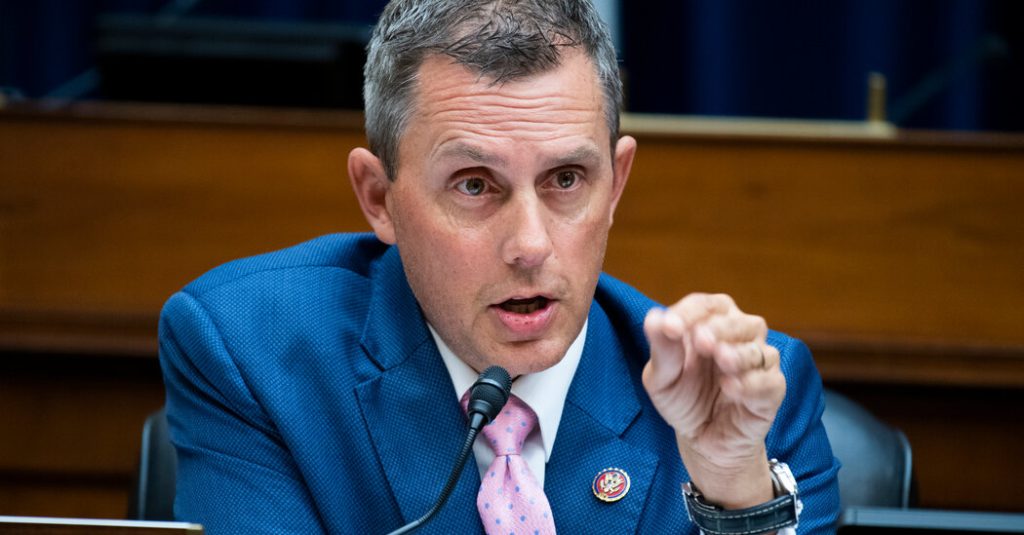Representative Kelly Armstrong emerged as the Republican nominee for governor of North Dakota after defeating the state’s lieutenant governor, Tammy Miller, in the primary election. Both candidates emphasized their support for former President Donald J. Trump and focused on conservative issues such as cracking down on illegal immigration and pushing back on President Biden’s agenda. The race for governor did not take shape until late in the cycle as Republicans waited to see if Governor Doug Burgum would seek a third term. In the end, Mr. Burgum decided not to run again, leaving the field open for Armstrong and Miller to compete for the nomination.
Armstrong, a lawyer and former state Republican Party chairman, highlighted his experience in Congress and the relationships he had built as reasons why he could best represent North Dakota’s interests as governor. Meanwhile, Miller, an accountant and businesswoman who was appointed lieutenant governor just last year, portrayed herself as a political outsider with a business background that would shape her approach to governance. In the general election, Armstrong will face off against State Senator Merrill Piepkorn, a Democrat from Fargo who was unopposed in his party’s primary. While North Dakota voters have shown some openness to Democrats in the past, recent elections have been dominated by Republicans, with both Trump and Burgum winning by wide margins in 2016.
North Dakota is a largely rural state with a growing energy industry that has attracted new residents to western parts of the state in recent years. The state’s unemployment rate as of April was tied for the lowest in the country at 2%. The race for governor will likely focus on issues related to energy production, especially as the state continues to see growth in that sector. The outcome of the election could have an impact on the direction of North Dakota’s policies on energy, healthcare, and other key areas that will affect residents across the state.
As the campaign for governor heats up, both Armstrong and Piepkorn will be focused on reaching out to voters and making their case for why they are the best candidate to lead North Dakota. With the state’s conservative leanings, Armstrong is seen as the favorite going into the general election. However, Piepkorn will likely try to appeal to Democratic and independent voters by emphasizing his positions on issues such as healthcare and education. The race for governor will be closely watched as a bellwether for the political landscape in North Dakota and could provide insights into national trends as well.
The competition between Armstrong and Piepkorn will likely center on their contrasting visions for the state, with Armstrong advocating for continued conservative policies and economic growth, while Piepkorn pushes for more progressive initiatives in areas like healthcare and education. The outcome of the race could have implications for North Dakota’s future direction and policies, especially with regard to the state’s energy industry and other key sectors. Voters will have to decide which candidate best represents their values and priorities as they head to the polls in November.


